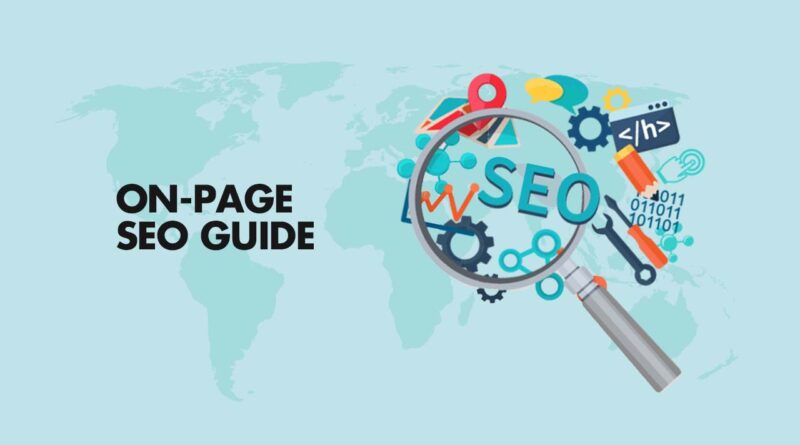Overview of Onpage Optimization in SEO Process
Here is Overview of Onpage Optimization in SEO in SEO Process
Introdution:
On-page optimization refers to the practice of optimizing individual web pages to improve their visibility and rank higher in search engine results. It involves various techniques and strategies that focus on optimizing the content, structure, and HTML source code of a webpage. Here are some key on-page optimization techniques for SEO:
On-page optimization in SEO refers to the practice of optimizing individual web pages to improve their search engine rankings and attract more organic traffic. It involves optimizing various elements on the page itself, such as content, HTML source code, and website structure, to make it more appealing to search engines and users.
Here are some key on-page optimization factors and techniques:
They are:
- Title tags
- Meta description
- Heading tags
- Content optimization
- Internal linking
- Image optimization
- Footer optimization
- Mobile friendliness
- Page speed
- User experience
1.URL Structure:Ensure your webpage’s URL is clean, descriptive, and includes relevant keywords. Use hyphens (-) to separate words, and avoid using numbers or random characters.Use hyphens to separate words and keep the URL concise and readable.
2.Title tag:The title tag of your webpage by including the primary keyword near the beginning. Keep it concise, descriptive, and compelling, as it directly influences click-through rates in search results.
3.Meta Descriptions:Write unique and persuasive meta descriptions for each webpage. Although meta descriptions don’t directly impact rankings, they play a crucial role in attracting users to click on your page in search results.
4.Heading Tags: Utilize heading tags (H1, H2, H3, etc.) to structure your content logically. Include your primary keyword in the main heading (H1) and use subheadings (H2, H3, etc.) for subsections. This helps search engines understand the content hierarchy.
5.Content Optimization:Create high-quality, unique, and engaging content that satisfies the search intent of users. Incorporate your target keywords naturally throughout the content, including in the first paragraph, headings, and subheadings. But remember, prioritize user experience over keyword stuffing.
6.Internal Linking: Include internal links within your content to connect related pages on your website. This helps search engines understand the structure and hierarchy of your website and improves user navigation.
7.Image Optimization: Optimize images by reducing file sizes, using descriptive filenames, and adding alt text that describes the image accurately. This improves page load times and provides information to search engines about the image content.
8.Footer optimization:Footer optimization in SEO refers to the practice of optimizing the footer section of a website to improve its search engine rankings and enhance user experience. While the footer is located at the bottom of a webpage, it still holds significance for SEO because it can contribute to the overall structure and accessibility of your website. Footer optimization in SEO refers to the practice of optimizing the footer section of a website to improve its search engine rankings and enhance user experience. While the footer is located at the bottom of a webpage, it still holds significance for SEO because it can contribute to the overall structure and accessibility of your website.
9.Mobile-Friendliness: Ensure your webpage is mobile-friendly and responsive. With the increasing use of mobile devices for web browsing, search engines prioritize mobile-friendly websites in their rankings.
10.Page Speed: Optimize your webpage’s loading speed by minimizing code, compressing images, and utilizing caching techniques. A fast-loading page improves user experience and search engine rankings.
11.User experience: Create a user-friendly interface with intuitive navigation, easy-to-read fonts, and a visually appealing layout. Make sure your content is easy to scan with clear headings, bullet points, and relevant multimedia elements.
- Summary:
Remember that on-page optimization is just one aspect of SEO. It is equally important to focus on off-page optimization, including link building, social media presence, and overall website authority, to achieve the best results in search engine rankings.It should be complemented by off-page optimization techniques like building high-quality backlinks, social media promotion, and other factors that contribute to your website’s overall visibility and authority.




